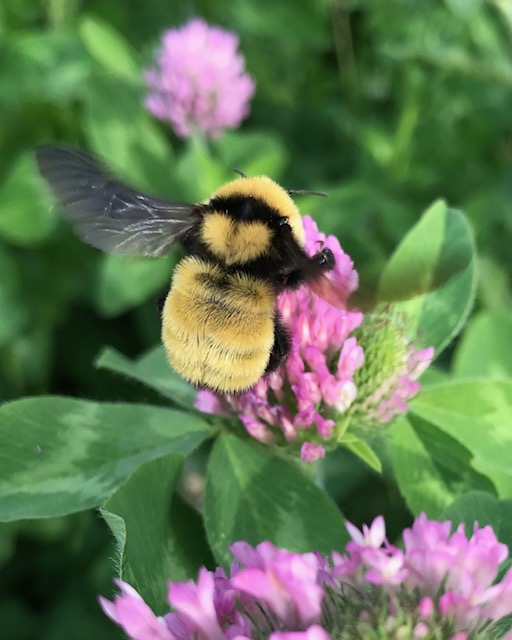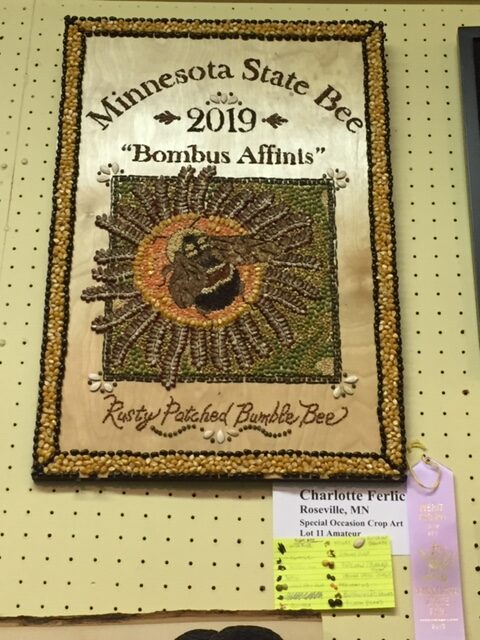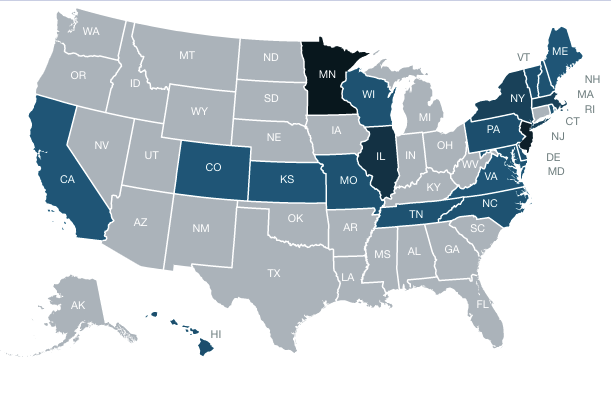
NCEL Blog
Do You Love Bees? A Practical Guide for Implementing Pollinator Policy
June 19, 2020 | This is a guest blog from Representative Rick Hansen, who has championed pollinator protection in Minnesota. In this blog, he outlines the progress and success of his state in protecting all pollinators – including native bees, butterflies, and moths.
Overview
We have been working on pollinator policy for nearly 10 years in Minnesota. Throughout this journey, we have emphasized science and a diverse set of approaches. Pollinators are under threat from a variety of stressors: poor habitat, poor nutrition, parasites, and pesticides. In Minnesota, we have attempted to address all with a variety of approaches. We have found that pesticides are the most problematic issue to resolve.
Approach
Throughout our efforts, we have kept the focus on all pollinators, especially the native bees, butterflies, and moths, not just honeybees. Diversity is strength. Using multiple approaches (investing in research, changing statutes, and creating new programs) for multiple problems provides better outcomes.
Research
We invested in building and staffing the University of Minnesota Bee Lab and directed state agencies such as the Minnesota Department of Natural Resources, Minnesota Zoo, and the Minnesota Board of Water & Soil Resources (private lands assistance) to develop and implement pollinator assessment, habitat, and research.

Changing Statute
- We incorporated more pollinator training in pesticide training and education law (2017).
- We developed a compensation program (2014) for beekeepers who lost bees due to pesticide incidents.
- We required new public lands to have pollinator habitat (2019).
- We required that labels on greenhouse plant sales do not market as pollinator-friendly (2018) when they are not.
Lawns2Legumes
For years we have heard from the rural, agricultural interests: “What are you doing about the city folks and their lawncare?” In the fall of 2018, we used the press to promote the idea of “Lawns2Legumes.” We used the same model as agricultural soil and water conservation cost-share to provide technical and financial assistance to homeowners and communities to convert their lawns to pollinator habitat (using science and appropriate habitat). We appropriated $900,000 from our lottery proceeds in the Environment and Natural Resources Trust Fund. Demand for Lawns2Legumes, even during these difficult times, has been immense and intense throughout Minnesota in rural, suburban, and urban communities. Pollinators unite people.
State Bee
Minnesota made the Rusty Patched Bumble Bee (Bombus affinis) our State Bee to help protect this very endangered species. We also targeted funding from the Lawns2Legumes program to help protect the species. The public response has been great.

Other Options
There are many options and avenues available to protect pollinators. We still have much work to do and are continuing our efforts. NCEL has a library of pollinator bills that we and other states have passed.
For more information on pollinator policy, you may contact me at rep.rick.hansen@house.mn or on Twitter @reprickhansen.

Blog written by Minnesota Rep. Rick Hansen, Chair of House Environment and Natural Resources Finance Division
